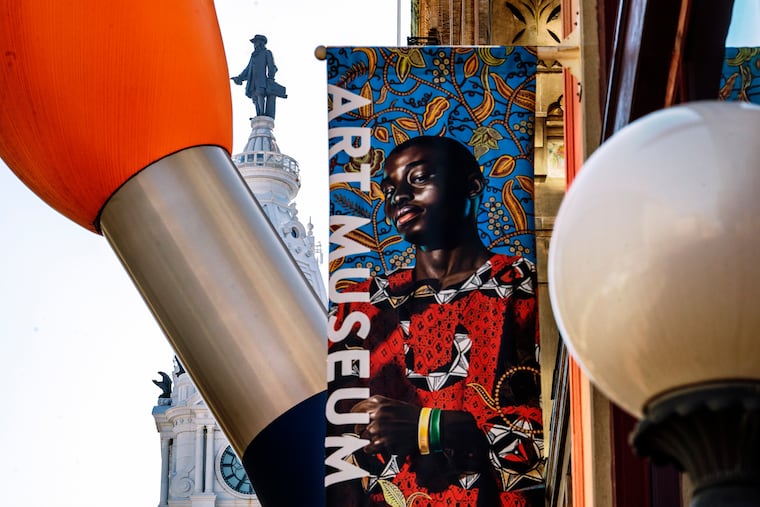From Mary Cassatt to David Lynch: Here are some famous PAFA graduates
Once regarded as one of the most liberal art schools in the world, PAFA is shutting down its college. Here are some artists who passed through the school's hallowed gates.

Once regarded as one of the most liberal art schools in the world, PAFA is shutting down its college. Here are some artists who passed through the school's hallowed gates.
